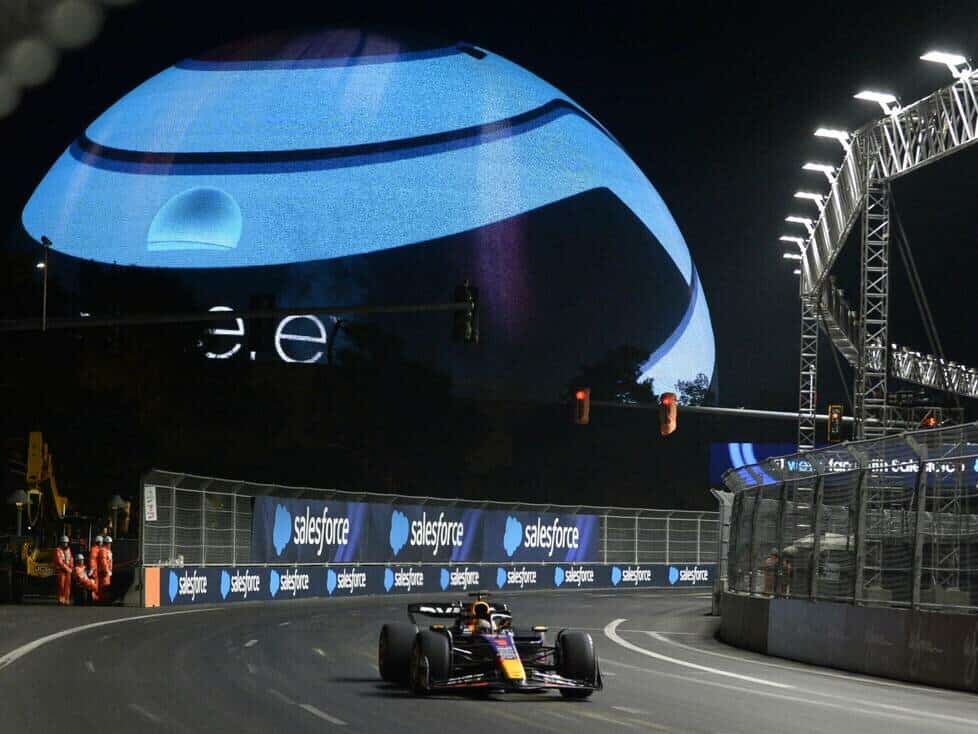With Madrid, Formula 1 will have another street circuit from 2026 – why fans are worried and what this means for traditional circuits
The relocation of the Spanish Grand Prix to a street circuit in Madrid hasn’t got everyone excited. But how justified are fans’ concerns in view of the growing number of street circuits in Formula 1?
Because the predominant reaction on social media following Formula 1’s announcement that the Spanish Grand Prix would be moving away from its long-standing Barcelona venue was: “Not another street circuit!”
While Barcelona’s future is in limbo, from 2026 the event will be held on a new hybrid street circuit in Madrid, located at the IFEMA exhibition center near Barajas Airport, much closer to the city center than its Catalan counterpart.
However, the twisty circuit layout, which includes some purpose-built sections with high-speed corners and a typical stop-and-go road layout, did little to boost the confidence of the many disgruntled fans.
They feel that Formula 1 is moving too far away from its beloved traditional permanent venues to less atmospheric street circuits. In recent years, several street circuits have been added to the calendar, including the likes of Baku, Jeddah and Las Vegas.
Other tracks, such as Miami, are not technically street circuits, but they are located in such dense urban areas that the track designers are constrained by the cramped surroundings – as is the case in Madrid.
It’s debatable, but looking at this year’s calendar, seven of the 24 venues can be classified as a street circuit of some kind: Jeddah, Melbourne, Miami, Monaco, Baku, Singapore and Las Vegas.
They all fit into Liberty Media’s strategy of targeting vibrant cities that make it easier for fans to reach the venues using public transportation and existing infrastructure, while offering teams and sponsors more attractive hospitality options.
The 17 remaining venues are permanent race tracks. Against this backdrop, the fans’ criticism of the street circuits seems somewhat exaggerated. But it can be seen as a barometer of where long-time fans think the focus should be.
Street circuits, with their tight 90-degree turns, do not capture the imagination of fans or drivers to the same extent as Eau Rouge, Stowe or 130R, nor do they bring out the best in the Formula 1 cars of the current era.
The hype surrounding the ultimately successful Formula 1 debut in Las Vegas has not swayed the purists and probably never will. And Liberty Media’s blatant desire to stage 24 Super Bowl-style events only adds to their sense of unease.
They worry that the Monzas, Spas and Suzukas of the world will eventually have to make way for Milan, Brussels or Osaka, the latter of which is actually being touted as a hot candidate to host a race in the future.
But observations from insiders suggest that Formula 1 is well aware of the need to maintain its delicate balance between fixed venues and street circuits – and between tradition and commerce.
And while the focus is on major cities, that doesn’t mean that every new venue has to be in or near a city center, as long as fan access and facilities are up to standard.
One example of this is Zandvoort. Although the circuit is a long way from the center of Amsterdam, it has excellent public transport connections.
Zandvoort’s southern neighbor Spa-Francorchamps has recently undergone a massive improvement after getting on in years and now offers much better fan facilities and entertainment packages, even if transport options are still limited.
Monza is the next venue to follow the Liberty philosophy, renewing the historic venue’s long inadequate infrastructure to secure its place on the race calendar, while also boosting its sustainability efforts against the backdrop of the 2030 climate targets.
Formula 1 seems willing to work with the organizers of these traditional venues, which are popular with fans, to move towards the vision of a 21st century Grand Prix. This could boost confidence that the sport will not abandon these venues altogether.
Ultimately, only time will tell if Formula 1 will stay true to this balance – just as we will have to wait and see if Madrid can deliver the on-track action that has helped Las Vegas gain some goodwill after initial setbacks and that Barcelona has lacked for years.
So while the largely alarmed reactions to Formula 1’s move to Madrid should be a warning, it seems premature to see things as black.





